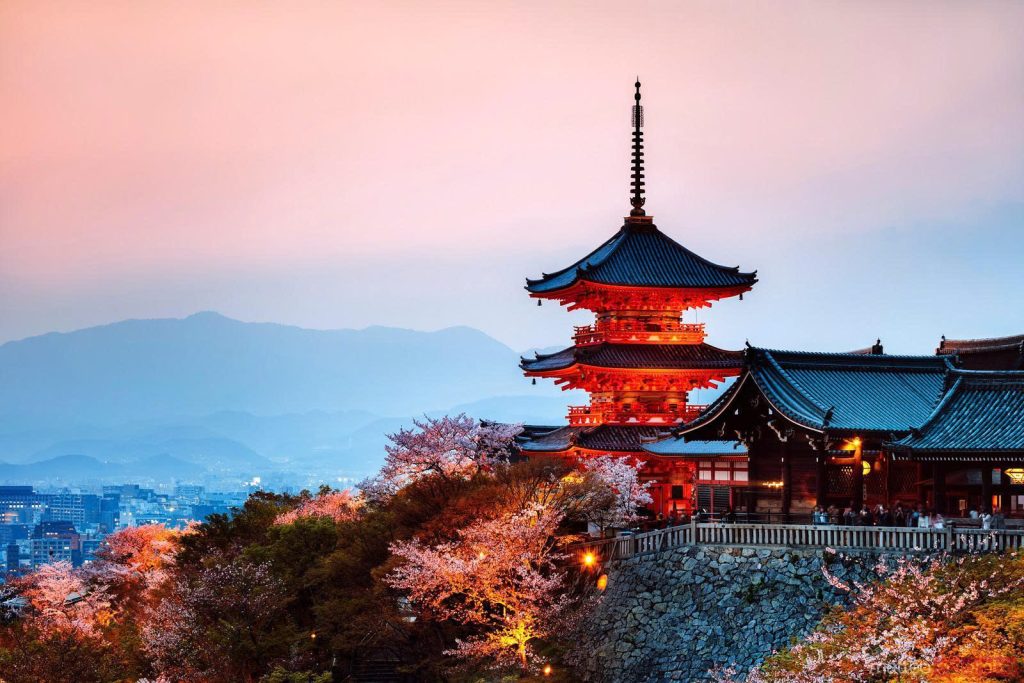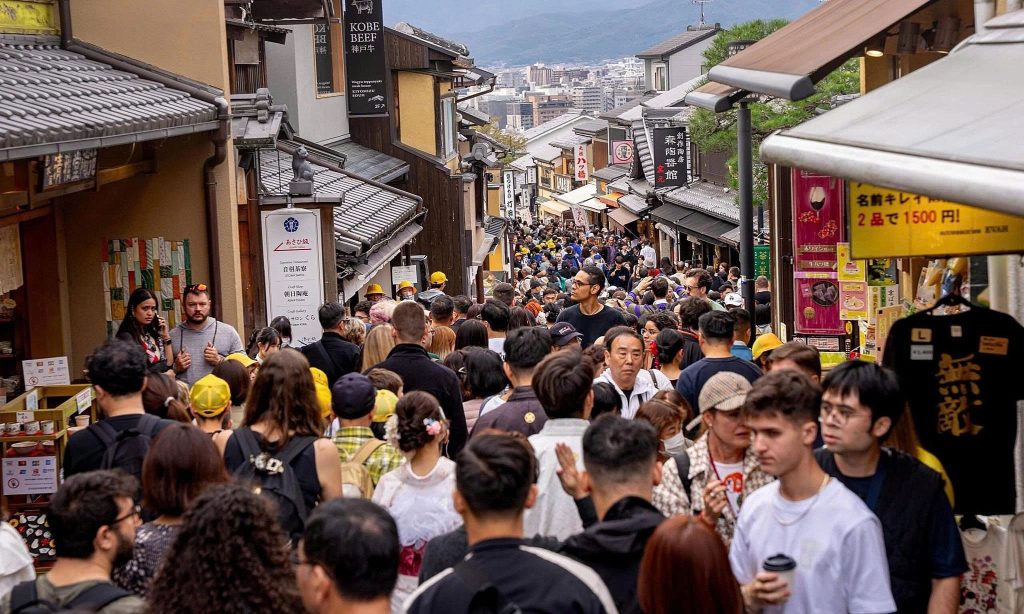KYOTO, JAPAN – The historic city of Kyoto is implementing a dramatic and unprecedented increase in its tourist accommodation tax, a measure intended to confront the growing crisis of overtourism. Starting next year, visitors staying in the city’s most luxurious hotels could be levied up to 10,000 yen (approximately $64 USD) per night—a move that marks the highest such fee in Japan’s history and is generating international headlines.
The proposal, which received approval from Japan’s Ministry of Internal Affairs and Communications on October 3, will replace the current flat tax structure with a dynamic, tiered system designed to draw significantly more revenue from higher-end travelers. This marks the first adjustment to the tax since its introduction in 2018.
The city government has clear financial goals: the new structure is expected to nearly triple the revenue generated by the levy, jumping from the current 5.2 billion yen (about $33.4 million USD) to a projected 12.6 billion yen (over $80.8 million USD). Kyoto officials insist that this substantial new income is critical for “enhancing the city’s attractiveness” and ensuring the long-term viability of its tourism sector. The revenue will be directly channeled into initiatives aimed at promoting sustainable tourism, including infrastructure upgrades, cultural preservation efforts, and improving the quality of life for local residents.

Currently, all tourists in Kyoto pay a modest tax with a maximum cap of 1,000 yen per night. The new, steeper rates will apply based on the accommodation price, ensuring that the contribution is proportional to the luxury experienced:
| Accommodation Price Tier | New Tax Rate Per Night | Estimated USD Equivalent |
| High-end hotels | 10,000 yen | Approx. $64 USD |
| Rooms priced 50,000–99,000 yen | 4,000 yen | Approx. $25 USD |
| Rooms priced 20,000–49,999 yen | 1,000 yen | Approx. $6.40 USD |
| Rooms priced 6,000–19,999 yen | 400 yen | Approx. $2.56 USD |
| Under 6,000 yen | 200 yen | Approx. $1.28 USD |
The timing of this bold fiscal maneuver is no coincidence. Japan has seen a ferocious post-pandemic recovery in international travel, hosting a record 36.9 million overseas visitors last year—a 15.6% jump over pre-pandemic 2019 figures. While this economic boost is welcomed, the sheer volume of tourists has created significant strain.
The issues are visible nationwide, from overcrowded public transport to environmental damage. Even Japan’s sacred sites are struggling: at Mount Fuji, concerns over waste, safety, and “human traffic jams” on climbing paths have prompted local authorities to implement restrictions and fees to control the flow of visitors. Kyoto, with its delicate temples and narrow traditional streets, feels this pressure acutely.
Industry analysts are quick to point out that Kyoto’s measure is not a tourism “blockade.” Instead, it represents a sophisticated policy choice to make visitors “share the cost of countermeasures against overtourism.”
Nicholas Smith, Digital Director of Holidays at Thomas Cook, highlighted the global trend. “After years of record demand, destinations are looking at ways to ease the pressure on infrastructure and local communities,” he noted. He sees these levies as a necessary financial tool, designed to be reinvested into the city’s core attractions, including better public transit, improved cleanliness, and comprehensive visitor management systems.
Smith also praised Kyoto’s nuanced approach, suggesting that a tiered system minimizes negative impact while maximizing value. “Travelers choosing premium accommodations often prioritize quality and uniqueness,” he explained. “When they see that their financial contribution directly supports local sustainability and improves the destination, that transparency elevates the experience. It becomes an act of stewardship rather than just a fee.”
The introduction of the 10,000 yen tax is a clear signal: Kyoto is prioritizing the quality and sustainability of its cultural experience over sheer visitor volume. The world will be watching to see if this innovative, high-cost approach successfully balances the economic needs of tourism with the preservation of one of Japan’s most cherished cities.
(According to Euronews)

















